Landscape Irrigation Design Standards
Usually dispatched in 2 to 3 days
Usually dispatched in 2 to 3 days
Category:
Irrigation & Agriculture
Landscape Irrigation Design Standards represent the findings of a study to research options for improving irrigation efficiencies. The issues related to inefficient irrigation were researched with the conclusion that the development of an efficiency guide (Landscape Irrigation Design Standards) for irrigation systems is needed to provide a framework to improve irrigation system efficiency with the goal to protect our water resources.
Only logged in customers who have purchased this product may leave a review.
Related products
Modern Fruit Industry
The effectiveness on several fruits by the application of alternative methods against fungi is summarized in the present chapter. Several investigations have reported the efficacy of these technologies for controlling fungal infections. Currently, high post-harvest loses have been reported due to several factors such as inefficient management, lack of training for farmers, and problems with appropriate conditions for storage of fruits and vegetables. Even now, in many countries, post-harvest disease control is led by the application of chemical fungicides.
Modern Fruit Industry
The effectiveness on several fruits by the application of alternative methods against fungi is summarized in the present chapter. Several investigations have reported the efficacy of these technologies for controlling fungal infections. Currently, high post-harvest loses have been reported due to several factors such as inefficient management, lack of training for farmers, and problems with appropriate conditions for storage of fruits and vegetables. Even now, in many countries, post-harvest disease control is led by the application of chemical fungicides.
Chemigation Backflow Prevention
Introduction
The purpose of this guide is to familiarize those injecting pesticides into irrigation systems with the federal government's equipment requirements on the pesticide label.
The guide will cover the legal requirements as well as discuss practical ways to meet the requirements.
Chemigation Backflow Prevention
Introduction
The purpose of this guide is to familiarize those injecting pesticides into irrigation systems with the federal government's equipment requirements on the pesticide label.
The guide will cover the legal requirements as well as discuss practical ways to meet the requirements.
Soil Water Flow And Irrigated Soil Water Balance In Response To Powder River Basin Coalbed Methane Product Water
In the soil columns experiment, A and B horizon materials from sandy loam, silt loam, and clay loam soils were pre-treated with water having salinity and sodicity typical of PRB CBM water or of Powder River (PR) water currently used for irrigation in the basin. Tension infiltrometer measurements were used to determine infiltration flux, first using pre-treatment water, and subsequently deionized (DI) water, simulating rainwater. Measurements were compared by pre-treatment water, horizon, and soil type. Under pre-treatment water testing, the sandy loam and clay loam soils pre-treated with CBM water exhibited smaller infiltration flux values than when pre-treated with PR water. Only the sandy loam soil showed a greater decrease in infiltration flux with DI water on soils pre-treated with CBM relative to PR water pre-treated soils. There was no difference in infiltration flux decrease with DI water between A and B horizon soils, or between smectite and non-smectite soils.
Soil Water Flow And Irrigated Soil Water Balance In Response To Powder River Basin Coalbed Methane Product Water
In the soil columns experiment, A and B horizon materials from sandy loam, silt loam, and clay loam soils were pre-treated with water having salinity and sodicity typical of PRB CBM water or of Powder River (PR) water currently used for irrigation in the basin. Tension infiltrometer measurements were used to determine infiltration flux, first using pre-treatment water, and subsequently deionized (DI) water, simulating rainwater. Measurements were compared by pre-treatment water, horizon, and soil type. Under pre-treatment water testing, the sandy loam and clay loam soils pre-treated with CBM water exhibited smaller infiltration flux values than when pre-treated with PR water. Only the sandy loam soil showed a greater decrease in infiltration flux with DI water on soils pre-treated with CBM relative to PR water pre-treated soils. There was no difference in infiltration flux decrease with DI water between A and B horizon soils, or between smectite and non-smectite soils.
Water and Agriculture: Towards Sustainable Solutions
The main pressures from agriculture are linked to diffuse pollution from nutrients and chemicals, water abstraction and hydromorphological changes. Often several pressures act at the same time, potentially increasing the range of ecological impacts. According to information reported under the WFD, around one third of surface water bodies fail to achieve good status because of one or several of these pressures.
Water and Agriculture: Towards Sustainable Solutions
The main pressures from agriculture are linked to diffuse pollution from nutrients and chemicals, water abstraction and hydromorphological changes. Often several pressures act at the same time, potentially increasing the range of ecological impacts. According to information reported under the WFD, around one third of surface water bodies fail to achieve good status because of one or several of these pressures.




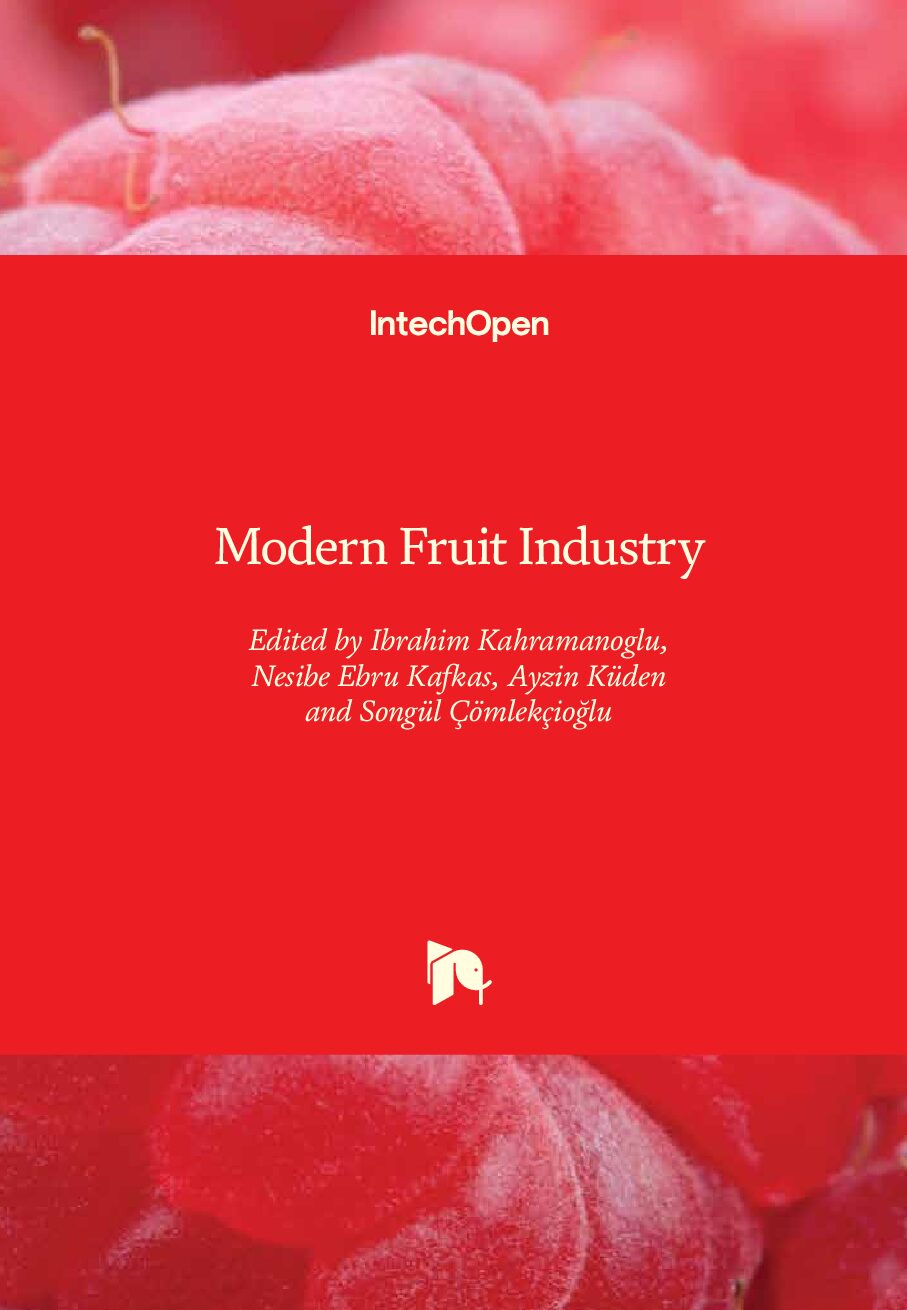
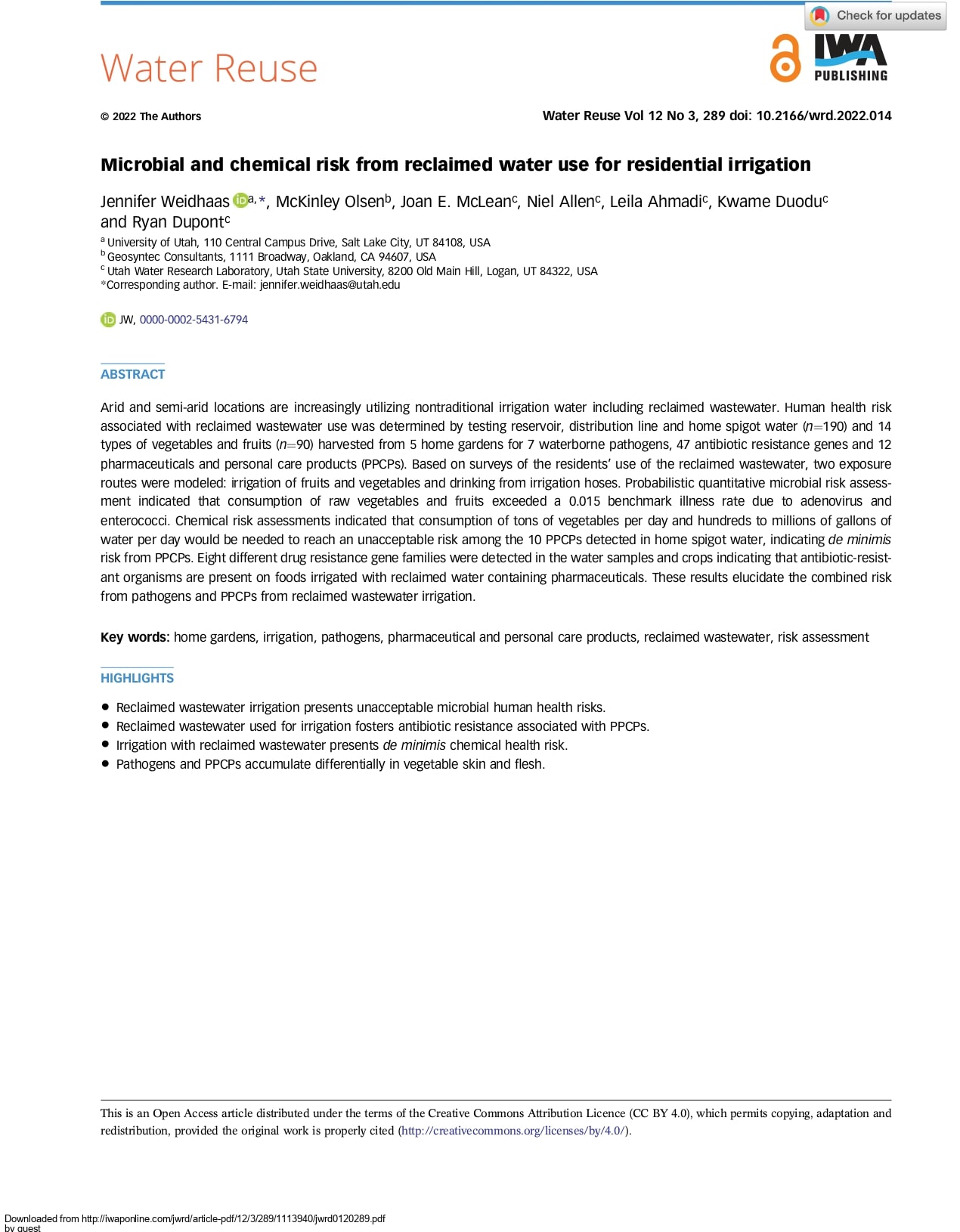
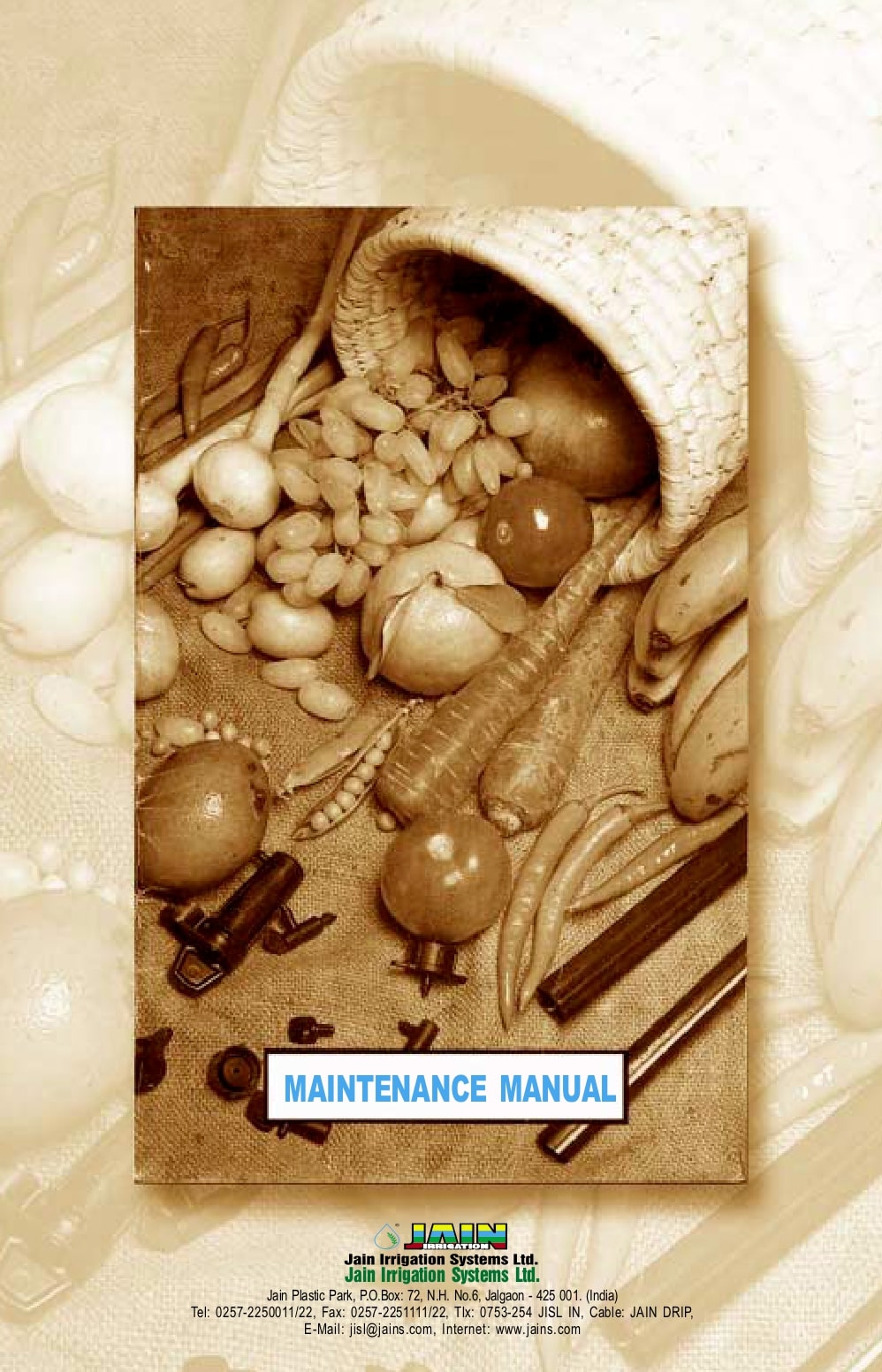



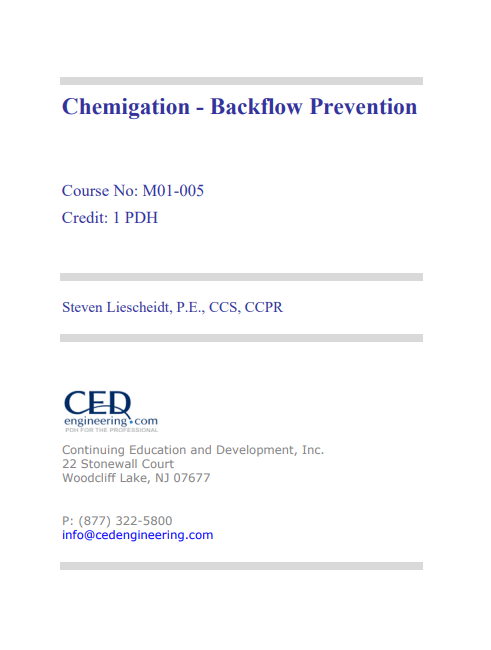



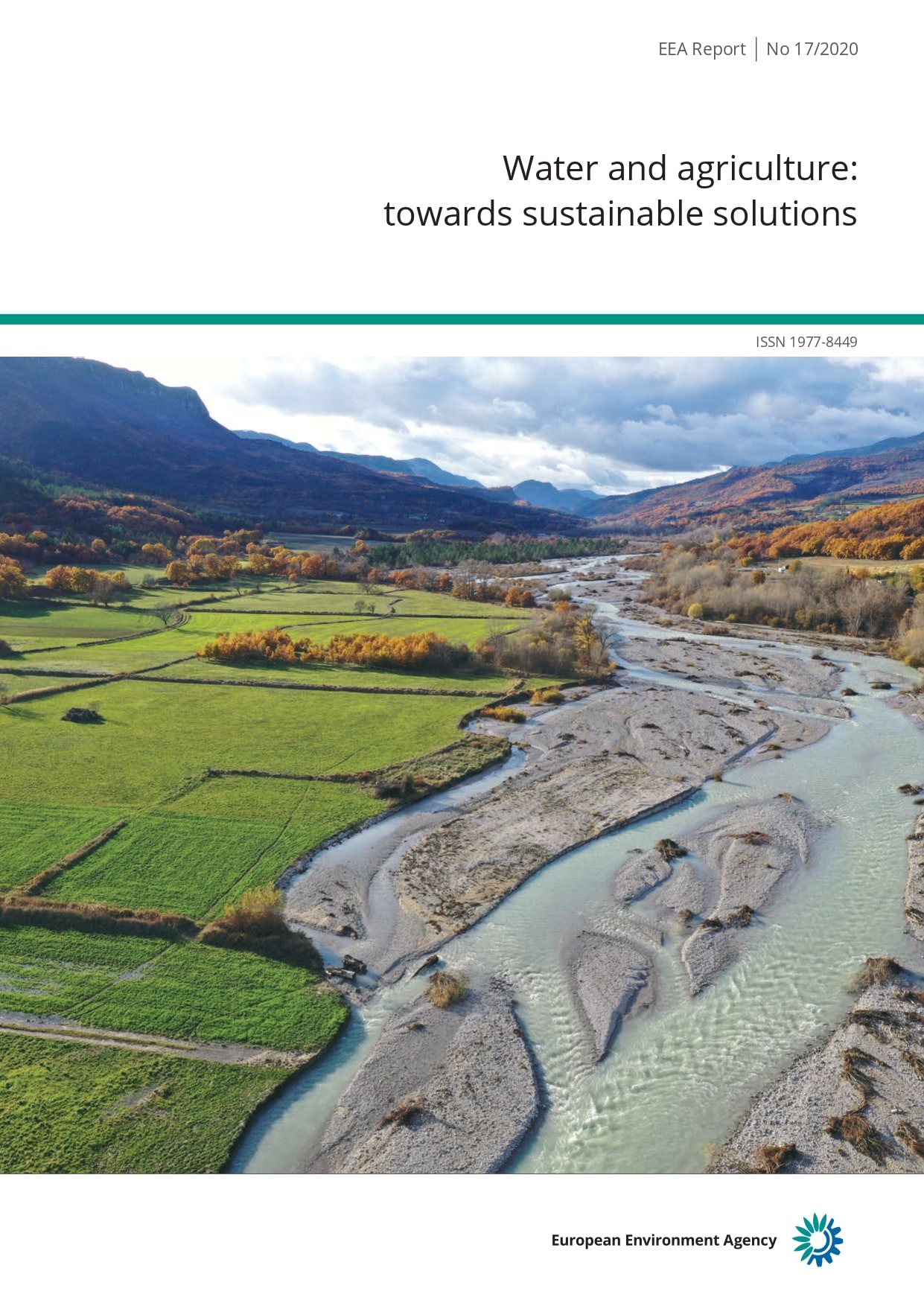
Reviews
There are no reviews yet.